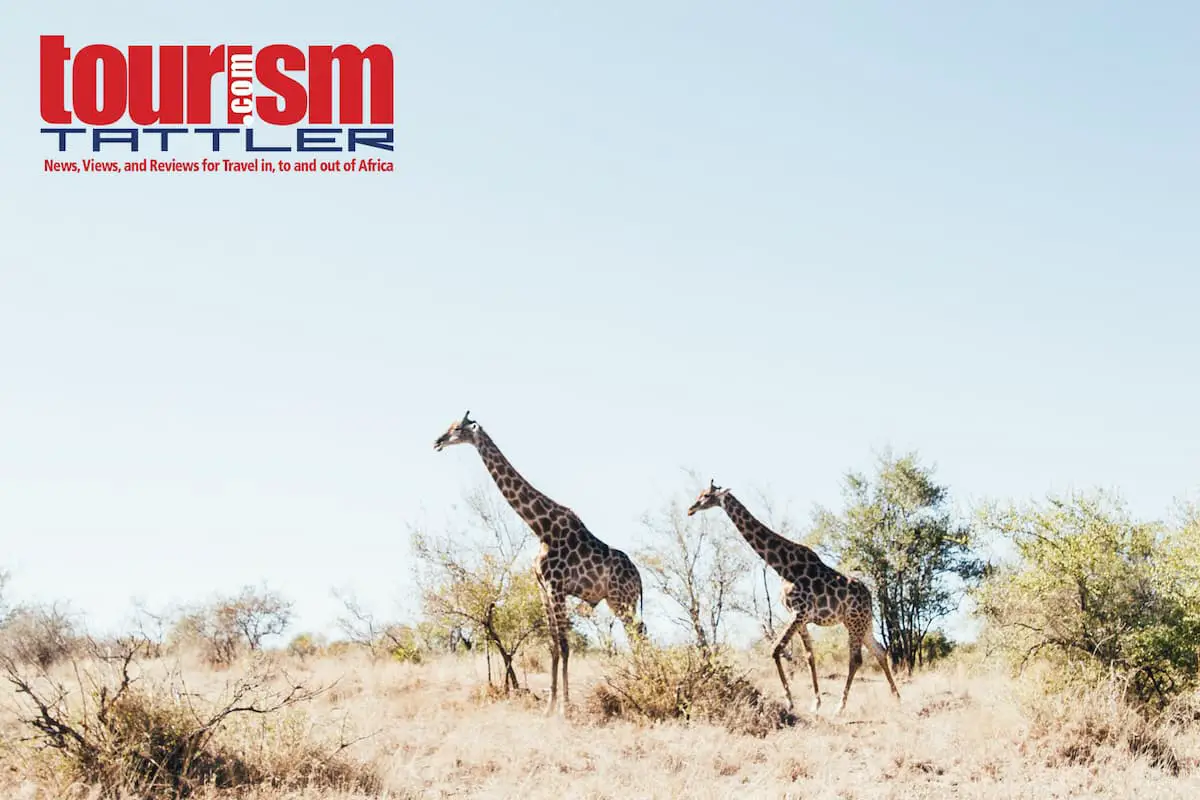Cango Wildlife Ranch Review
Having been invited to review Cango Wildlife Ranch I arrived at the venue, located just outside of Oudtshoorn on the road to Cango Caves in South Africa’s Western Cape province, with some trepidation as I’d heard that they provide ‘cub petting’ interactions with their predator species of wildlife, writes Des Langkide.
As an avid supporter of the Campaign Against Canned Hunting (CACH) I do not support the practice of predator cub petting because once domesticated, captive bred predators can never be released into their natural environment and invariably end up being sold to unscrupulous operators for ‘canned’ trophy ‘hunting’ and their body parts sold in the bone trade.
My reservations and preconceived notions were soon to be dispelled however, as I met Tammy Moult, Tourism Manager at Cango Wildlife Ranch for a guided tour of the facility – and what a facility it is!
“First off, says Tammy, “Cango Wildlife Ranch also supports CACH. We are an accredited Zoological facility with the African Association of Zoo’s and Aquaria (PAZAA) and are Institutional members of World Association of Zoo’s and Aquaria (WAZA), which is by invitation only. As such we have to comply with the exceptionally high standards set by PAZAA and WAZA and in many aspects, we go beyond these requirements. We house over 90 species of animals at our facility. Many are captive bred from various institutions and a number of them are rescues/orphans, often injured, and once reared by human-hand cannot be released back into the wild as they’ve not had the benefit of learning survival skills from their parents. With regard to the predator programs, all the predators, as with the other species, serve as ambassadors allowing us to highlight the plight of each animal during our guided tours.”
As we set off on the tour, which starts through an ornately decorated entrance featuring sculpted crocodiles and snakes and leads into a temperature regulated enclosure, aptly named ‘Valley of the Ancients’, with colourful Cichlid (tropical fresh-water fish) display and inhabited by exotic species of birds, Flying Foxes (fruit bats) and reptiles, Tammy explains; “All of the animals you see here have been either rescued or donated by owners who could not keep them. In many cases, the animal had been injured and after surgery we provide them with a home that resembles their natural environment as close as possible.” A pair of vultures in the next enclosure provides a case in point – as both had to have one wing surgically removed after collided with power lines. “Obviously they cannot be released but they have settled in well and are even nesting. Whenever possible, we do tag and release once they have recovered from their injury,” says Tammy.
As we proceed through the various enclosures, which are all incredibly clean and well maintained, I comment on the clarity of the water in which the crocodiles slumber in hibernated stupor. “We replace the water in all aquatic habitats on a weekly cycle basis to keep them clean and disease free. During hibernation, the crocodiles are not fed and the ambient temperature is regulated to simulate the humidity they would experience when hibernating in their natural mud burrows. All carnivores on the Ranch are fed hormone-free meat that resembles their natural diet as close as is possible,” says Tammy. When the crocs aren’t hibernating, guests can immerse themselves among the 4-meter Nile crocodiles in a cage-dive.
Walking past the veterinary admin block, Tammy escorts me into the restricted ‘staff-only’ back area. Here again, everything is clean and well maintained. A special kitchen prepares feed for the animals and to maintain hygiene standards, staff may only collect prepared feed via a stainless-steel service hatch. The veterinary facility itself is a sight to behold, equipped with state-of-the-art surgical facilities, access is strictly monitored to avoid contamination.
Meandering along pathways overlooking the various predator enclosures, I witnessed a group of tourists experiencing a close encounter engagement with a serval cat. A trained volunteer guide entered first as the cat eagerly approached him and sat expectantly on its haunches upon a low wooden platform as the guide fed him a tidbit extracted from a pouch secured to his waist. The guests – a party of four adults – were then ushered into the enclosure by a second guide, who took up a position to the side of the platform with camera at the ready. Each guest was then summoned to approach the platform one at a time to pose for a photo with the serval cat, and were permitted to touch and stroke it. The cat seemed nonplussed by the physical contact, content with being touched and never flinched, keeping its feline eye firmly glued to the guide’s tidbit proffering hand in expectation.
Clearly, this act of uncharacteristic timidity and obedience from the cat has taken considerable time and training to achieve, which once successfully habituated to, would preclude its release back into the wild. I commented on this obvious fact and Tammy replied; “As with all of our predator cubs, the very act of nursing habituates them to human contact and reliance, which means that they can never be released for obvious reasons. We can only make their lives as comfortable and as close to their natural habitat and instincts as possible. We do this by limiting the number of guest interactions, and by stimulating their inbred responsive inclinations and traits. For example, in the Madagascar Lemur enclosures we parcel their feed to make them extract food as they would in the wild, and to alleviate boredom. Our in-house volunteer program is solely based on creating daily enrichment for all our animals to stimulate them both mentally and physically.”
The facility offers controlled encounter programs with lemurs, cheetah, serval and snakes which follow strict protocols. With the cheetah interactions, I’m told that a minimum of three guides would be in attendance – this is to assure the safety of the guests as much as it is to ensure the wellbeing of the animal itself.
So what happens to the animal when it’s reached full maturity or old age I asked? “We’ve established a 94 hectare reserve, where the cheetahs can live their remaining years in a tranquil environment (large camps) while still being fed as they have been habituated to at the Ranch,” says Tammy.
Do you sell any of the mature predators? I ask, thinking of the lion bone trade that is prevalent in Africa. “Any animals that leave our premises will only do so by forming part of our exchange programmes with reputable organisations, but only after extensive research, credibility checks and inspections.”
In conclusion, it’s obvious that Cango Wildlife Ranch has, and continues to, invest heavily in infrastructure and facilities to aid rescued wildlife, and to educate tourists on the plight of species, which is commendable, but with millions of Rand invested in this busy and popular tourism attraction, how is it funded? After all, the objective of any tourism enterprise is profit, and seeing that Cango Wildlife Ranch is not registered as a non-profit NGO, how does it survive?
“Revenue generated from entrance fees and wildlife interactions certainly does not cover our operational expenses. With a staff compliment of 80 full-time staff and over 40 part-time staff, coupled to the cost of feed, veterinary expenses and utility costs, we do rely on donations. We founded the Cheetah Preservation Foundation in 1988, with the principal aim of ensuring the survival of the cheetah and other endangered species, as well as educating our visitors about the plight of the these animals. The Cheetah Preservation Foundation also gives our visitors the opportunity to become pro-active in the conservation of endangered species, by joining as members and thereby contributing financially to our various conservation projects.” concludes Tammy.
For my part, I’m convinced – one has to take the issue of cub petting into context with the service providers ethics, facilities, aims and objectives. Having visited Cango Wildlife Ranch and interrogated these aspects of their operation, I fully endorse and encourage the travel trade to support them in their worthy enterprise.
For more information visit www.cango.co.za









